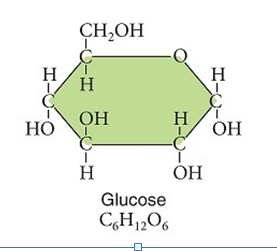In comparing the development of the unwebbed foot of the chicken and webbed foot of a duck, what differences are there in the expression of BMP4 and gremlin?
A. Chicken feet only express BMP4 while duck feet only express gremlin.
B. BMP4 is expressed similarly in both chicken and duck feet, while gremlin is only expressed in duck feet.
C. Gremlin is expressed similarly in both chicken and duck feet, while BMP4 is only expressed in between chicken toes.
D. Both BMP4 and gremlin are expressed similarly in chicken and duck feet.
E. BMP4 is expressed similarly in both chicken and duck feet, while gremlin is not expressed between the toes of chicken feet.
E. BMP4 is expressed similarly in both chicken and duck feet, while gremlin is not expressed between the toes of chicken feet.
You might also like to view...
Which is an example of temporal isolation?
A. one plant species blooms in June-July and a second plant species blooms in August-September. B. one plant species is pollinated by bees and a second plant species is pollinated by moths. C. two plant species live on the same mountainside, but one lives on rocky outcrops and the other in open meadows. D. two plant species have incompatible gametes. Clarify Question · What is the key concept addressed by the question? · What type of thinking is required? Gather Content · What do you already know about temporal isolation? Choose Answer · Given what you now know, what information and/or problem solving approach is most likely to produce the correct answer? Reflect on Process · Did your problem-solving process lead you to the correct answer? If not, where did the process break down or lead you astray? How can you revise your approach to produce a more desirable result?
The growth response in plants that is related to touch is called:
A. gravitropism B. gravitouchism C. thigmotropism D. turning in response to gravity E. turning away from light
Based on the 1:2:1 proportions of carbon, hydrogen, and oxygen, it can be determined that the glucose molecule is a(n)

Examine this image of the glucose molecule.
A. triglyceride.
B. carbohydrate.
C. polymer.
D. amino acid.
E. disaccharide.
What is the approximate age of Earth?
a. 4.6 million years b. 500 million years c. 2.7 billion years d. 3.6 billion years e. 4.6 billion years